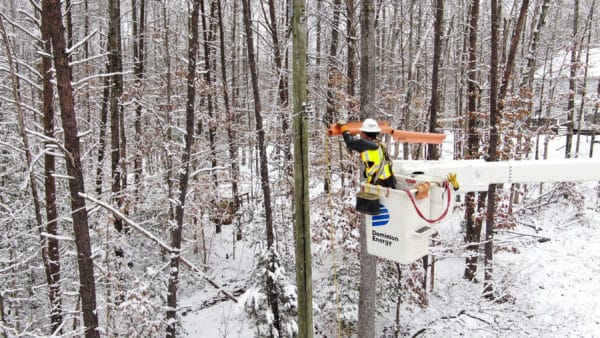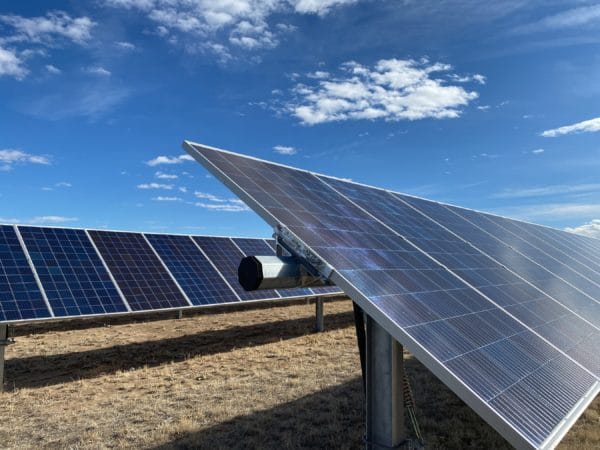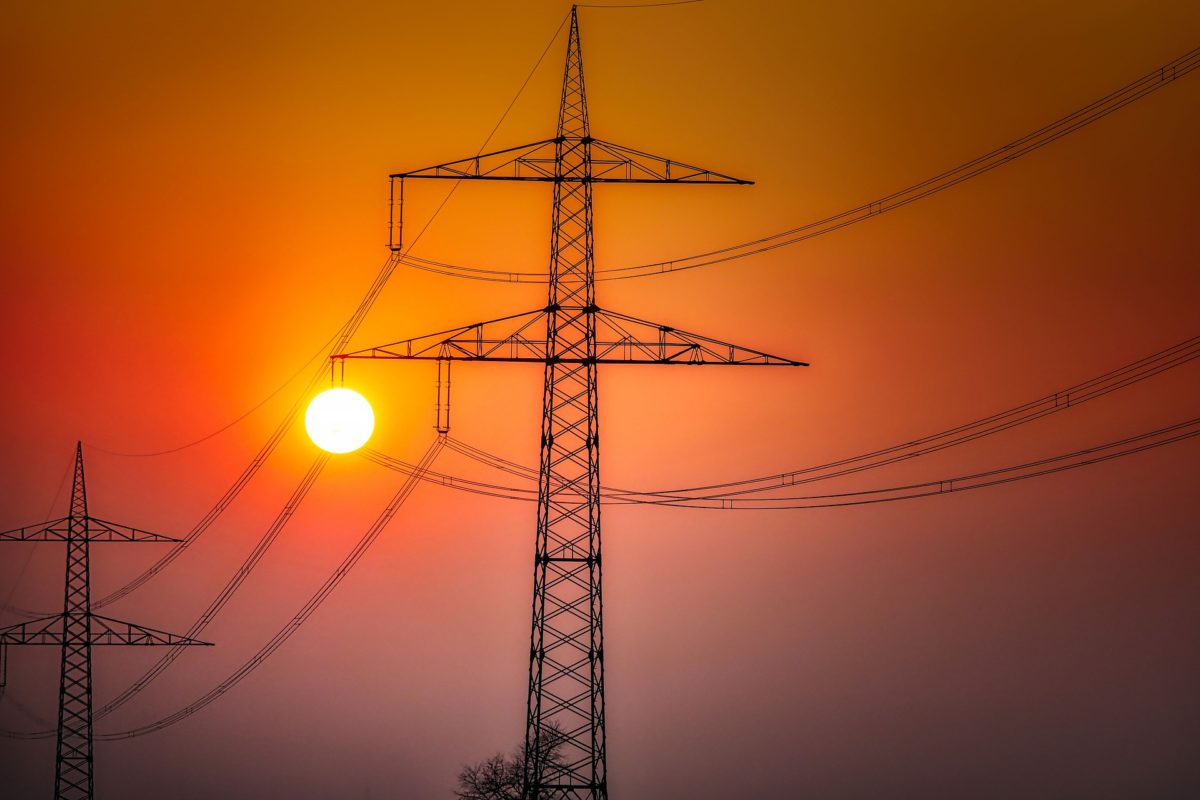The American Society of Civil Engineers (ASCE) gave U.S. energy generation assets, including renewable energy, a C- in its latest national infrastructure report card.
The grade is a notch above the D+ that the sector received in the ASCE’s last report in 2017. The 2021 report card said that increasing electrification – particularly of the transportation sector – could have a big impact on the U.S. energy system’s ability to meet national demands.
Overall, ASCE gave U.S. infrastructure a grade of C-, an improvement from the D+ it handed out four years ago.
Renewable energy driver
The report said renewables helped drive an increase in electric transmission infrastructure spending during the last four years.
The new lines not only link renewable resources to customers, but they also help harden the grid and reduce outage frequency and duration, the report said.

Image: Dominion Energy Virginia
Reliability issues continue to plague the aging transmission and distribution systems, however, and this problem will likely accelerate due to climate change.
An area stretching from Texas through the Midwest suffered major service disruptions in mid-February as a winter storm overtaxed power plants and ice brought down transmission lines. And in California, wildfires pose a recurring threat to the state’s far-flung grid.
The grid’s distribution system accounts for 92% of all electric service interruptions, the ASCE report said. In addition, 70% of transmission and distribution lines are well into the second half of their lifespan.
The ASCE report said that transmission spending rose 34% to $20.9 billion between 2012 and 2017, the most recent year for which figures were available. Meanwhile, distribution system spending over the past two decades has risen from $31 billion to $51 billion.
Renewable energy generation assets made up the largest portion of new generating capacity last year, and electricity generation from renewable energy sources is set to rise from 20% in 2020 to 22% this year, the report said.
A lagger?
In a separate report, Moody’s Investors Service said that the U.S. lags behind its peers in renewable energy.
By leveraging their size and strong policy commitments, China and the EU – including the UK, a former EU member state – have become the global leaders for solar and wind. China increased solar and wind power by 579 terrawatt-hours (TWh) or about 46% more than its closest peer, the EU+UK, between 2010-2019. The EU+UK added 396 TWh of wind and solar during this period.

Image: Pivot Energy
Combined, these economies added almost 44% more wind and solar than the total for the next 13 economies, including the U.S., Moody’s said.
Moody’s cited the historical lack of a U.S. federal policy mandate and inconsistent support in Congress for tax subsidy incentives as weaknesses.
It said, however, that state-level policy support, cost competitiveness of renewables, economic development, and environmental, social and governance (ESG) factors should add to long-term growth. It also said that the new Biden administration’s goal to achieve net-zero carbon emissions by 2050 should result in new incentives to promote renewables.
As the ASCE report card was being issued, leaders from the U.S. House Committee on Energy and Commerce introduced the Climate Leadership and Environmental Action for our Nation’s (CLEAN) Future Act. The legislation aims to decarbonize the country and establish a national 100% clean electricity standard.
The legislation would authorize $565 billion over 10 years to achieve its goals, which include mandating net-zero greenhouse gas emissions no later than 2050.
David Wagman contributed to this story.
This content is protected by copyright and may not be reused. If you want to cooperate with us and would like to reuse some of our content, please contact: editors@pv-magazine.com.








By submitting this form you agree to pv magazine using your data for the purposes of publishing your comment.
Your personal data will only be disclosed or otherwise transmitted to third parties for the purposes of spam filtering or if this is necessary for technical maintenance of the website. Any other transfer to third parties will not take place unless this is justified on the basis of applicable data protection regulations or if pv magazine is legally obliged to do so.
You may revoke this consent at any time with effect for the future, in which case your personal data will be deleted immediately. Otherwise, your data will be deleted if pv magazine has processed your request or the purpose of data storage is fulfilled.
Further information on data privacy can be found in our Data Protection Policy.